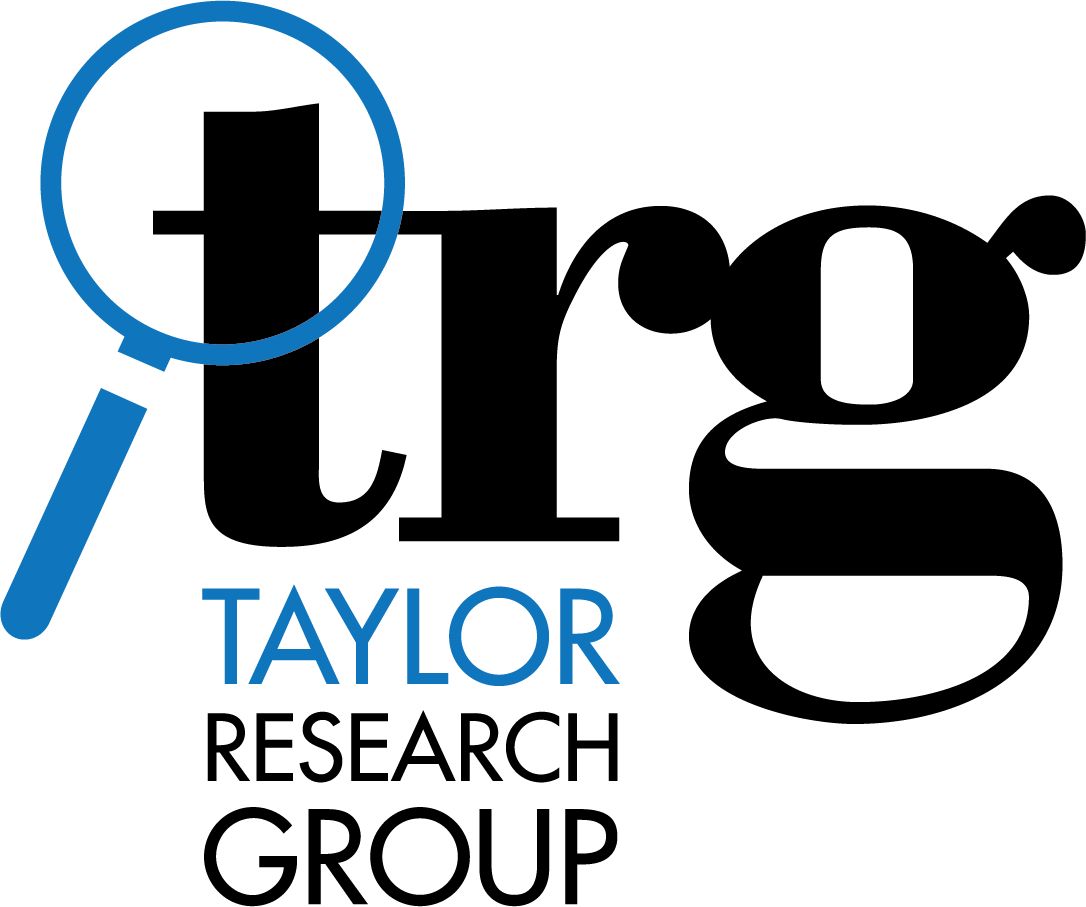At Taylor Research Group (TRG), we often use the tagline: “Why search when we research?” This is to emphasize how we transcend basic document retrieval and surface level online searches. In previous blog posts, we have highlighted how our knowledge of local, state, and federal archival repositories has helped our clients crack their product liability cases, go beyond the Phase I environmental site assessment, and reconstruct the ownership history of a contaminated site. A recent research experience by our team underscores yet another value of historical research: unearthing unknown leads that can potentially help win a client’s legal case.
TRG was recently tasked with investigating a potentially responsible party (PRP) in a heavily industrialized area. The PRP had a long tenure of operation at the site and prior research indicated that its manufacturing process involved the same contaminant of concern that our client had been held solely liable for in this particular matter. Our evidence had the potential to bring this PRP to the table and share in the remediation costs.
The textual research room at the National Archives Building in Washington, D.C. This is where TRG researchers regularly assist our clients in finding documents that have the potential to obtain a favorable legal outcome. (Photo credit: NARA.)
It was during our initial research that the case began to break wide open. We commenced with our standard process - a review of background materials such as environmental data reports and Sanborn maps, as well as historical trade literature and newspapers. In this instance, we came across a mid-twentieth-century newspaper article that alerted us to a federal investigation conducted by a now defunct agency. For some, this article would serve as a mere example of negligence; in this case the company had exceeded its federal allotment of a particular raw material. However, we knew based on our experience that this was just the beginning of a crucial archival paper trail.
We identified the federal agency’s investigation records at the National Archives and Records Administration (NARA). Because of our location in Washington, DC, we were able to visit NARA the very next day and quickly uncovered the associated material. We obtained documents that provided a detailed account of the operations and facility conditions as well as a thorough account of the quantities of contaminants on the site during a three-year period. This allowed us to not only confirm to our client that the contaminant was present but also the precise amount on site during a given time. While an important discovery, again, the paper trail continued.
A 1942 photo showing a tiny portion of the stacks at the National Archives in Washington, DC. These stacks house boxes that may contain the paper trail that will help our clients make their case. (Photo: "Photograph of Stacks for Commerce Department Archives" via US National Archives)
Our thorough analysis of the collected materials revealed (via a handwritten note in the middle of a typed letter) the name of another federal agency to which the PRP was required to report its annual inventory of raw materials. This led our researchers to another unexplored collection of federal records at the National Archives that provided pertinent company information dating back to the 1920s. This included the company’s incorporation status, address, number of hourly and salaried employees, as well as the precise amount of waste material produced, power source, and a detailed account of the amount of raw materials used in production during a given year. A brief, three-paragraph newspaper article had uncovered a paper trail that provided us with invaluable historical documents that had been confined to archival boxes for, in some cases, nearly a century. Now, these documents could serve as key evidence for our client involved in ongoing litigation.
This is the difference between a simple “search” and TRG’s expertise. This case study demonstrates one of the many values of historical research for environmental cases. Our clients trust our researchers because of their experience and knowledge of records and repositories. However, we also possess more intangible abilities, accumulated during decades of research, allowing us to think analytically about the tiniest details and seemingly obscure artifacts. Often, when constructing a legal case, logic and reason are needed to craft a winning argument. We not only understand this but showcase the same in our work.


